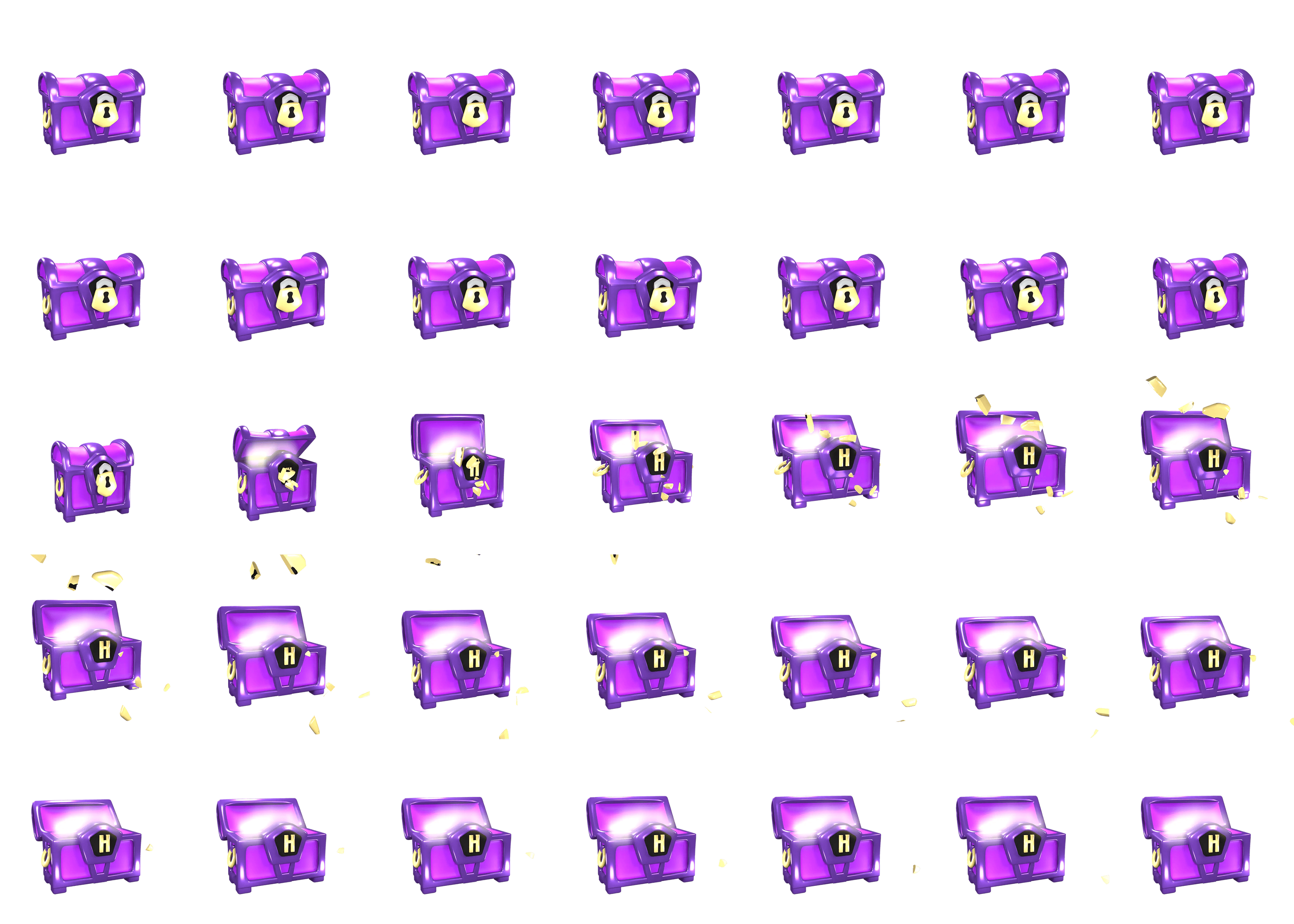
Note-taking Methods

We have previously written about how to improve your note-taking skills and how to balance notes with listening, which are useful articles. This article is about different methods and note-taking styles that can help you organize your notes in a useful way.
We live in an era where information is abundant - only on the internet, there are about 40 trillion gigabytes of information - which sometimes makes the task of collecting and summarizing information very difficult. Of course, not all of it is relevant, and a lot of the information found is very similar among different sources, so being organized turns out to be crucial to succeed in the learning process; in particular, we will focus on a very powerful tool to organize all this information to our convenience: notes.
It is well known that humans are very visual beings, so learning how to make good quality notes will help our visual brains to process information effectively and efficiently, so let us introduce to you a list of well-studied methods for taking notes, so you can choose the one that suits you the best:
Cornell Method
Named after the Cornell University, this system separates the page into three sections: a wide column on the right for notes, a narrow column on the left for cues and a summary at the bottom. The main space on the right of is used to write short sentences with all the relevant information, like formulas, concepts or graphs. It is recommended the use of bullets to organize different ideas. The cues section on the left should contain comments, labels, potential exam questions or reminders and is intended to help the reader recall the main ideas. Finally, the summary section at the bottom should be used to draw conclusions and identify gaps; here you should answer the question: what have I learned from this? This method is ideal when you have the time to organize the ideas.
Outlining Method
Indentation, headings and bullets are the main tools for this method. The main titles should be written farthest to the left, in bigger letters, and then use indentation for subtopics. Use of bullets for subtopics is recommended to make it easier to read. This method works best when you have a clear idea of what the main ideas are and how they relate to each other. It has an easy-to-follow structure that requires minimal effort.
Mind Mapping
Mind maps are a very popular method for taking notes, since it is a mainly visual and graphic tool which turns out to be particularly helpful when dealing with abstract or ambiguous ideas. It works wonderfully when you need to understand relations between different ideas and the content is heavy. Begin by writing the main topic at the center of the page, and from there branch as necessary for every relevant subtopic. Color coding is recommended to make it easier to read.
Charting Method
In this method, the information is written on a table. It is recommended when the information is divided into categories (which will represent the rows or columns of the table) and very specific details are required to study, like dates, places, names, etc. Notes in this format turn out to be very easy to read and are perfect to make quick annotations of punctual facts you need to remember and to make comparisons.
Sentence Method
You might have found yourself in situations where you don’t have much time to make stylized notes or organize all the information; jotting is necessary in this situations, so the sentence method comes to the rescue. Simply write down using short sentences all the information that you consider worth to remember using a new line for each sentence, using headings to separate different topics. It is a simple but effective method ideal for heavy content and when you are in a rush.
As you can tell, each method has its own pros and cons depending on your situation, so don’t hesitate to try new methods!













